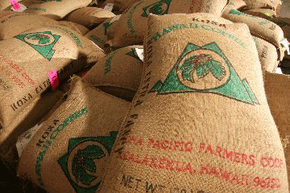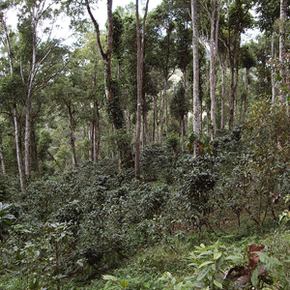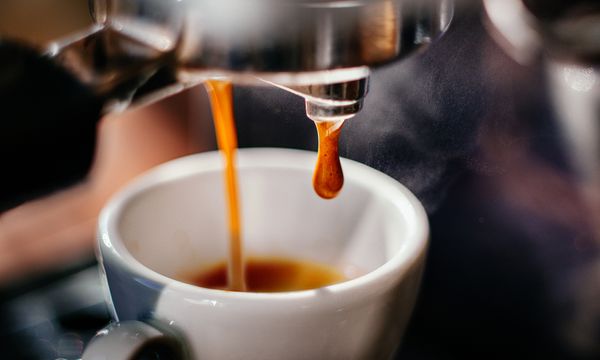Most morning rituals are pretty harmless. There are few, if any, negative impacts of brushing your teeth and buttering your toast. But one morning ritual practiced around the world is causing far more harm than most of us realize: coffee consumption.
The morning cup of dark, bitter heaven is clearing rainforest, polluting groundwater and causing significant reductions in biodiversity.
Advertisement
It wasn't always this way. When coffee was discovered in Africa hundreds of years ago, it wasn't doing any harm [source: NSCC]. Later, in the Middle East, Europe and finally Latin America in the 1700s, the Coffea plant was still a crop that existed in harmony with its environment [source: NSCC]. Traditional cultivation techniques actually helped sustain biodiversity.
If you look at bags of coffee in the grocery store, especially the "gourmet" ones, you can see evidence of the move away from these harmonious growing methods. With labels like "organic," "Bird Friendly," "Fair Trade," and "shade-grown" appearing on many of the more expensive brands, the obvious conclusion to draw is that the brands without those labels are somehow less "green."
And it turns out to be true. The "shade-grown" distinction is perhaps the most telling of the labels in terms of what it says about coffee-growing as a whole. Shade tends to encompass other designations like sustainability and bird-friendliness, and it speaks to the most basic nature of the way coffee is cultivated.
To some of us, growing in the shade is a somewhat perplexing concept. We're taught from an early age that green things need sunlight to grow. But for some crops, like coffee, shade is a good thing.
In this article, we'll find out why. We'll see what "shade-grown" means in the coffee context, learn why the coffee industry has been shifting to sunlight and look at some of the effects of that move. We'll also see how you can know what you're buying when you purchase your beans.
Judging from the relatively new focus on the "shade-grown" label, it may seem like shade coffee is a new thing. In fact, until the 1970s, pretty much all coffee was shade-grown [source: Daily Green].
Advertisement





